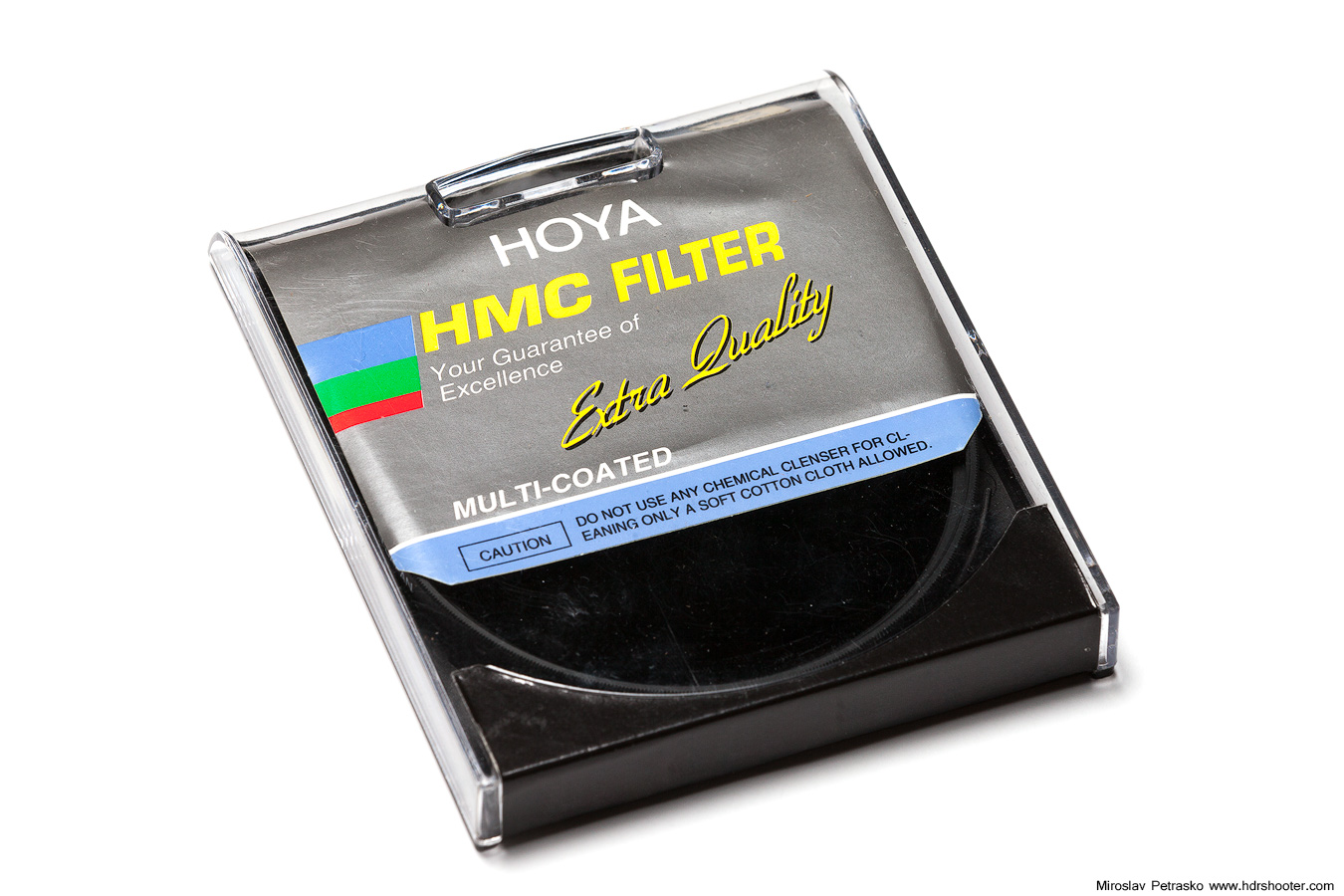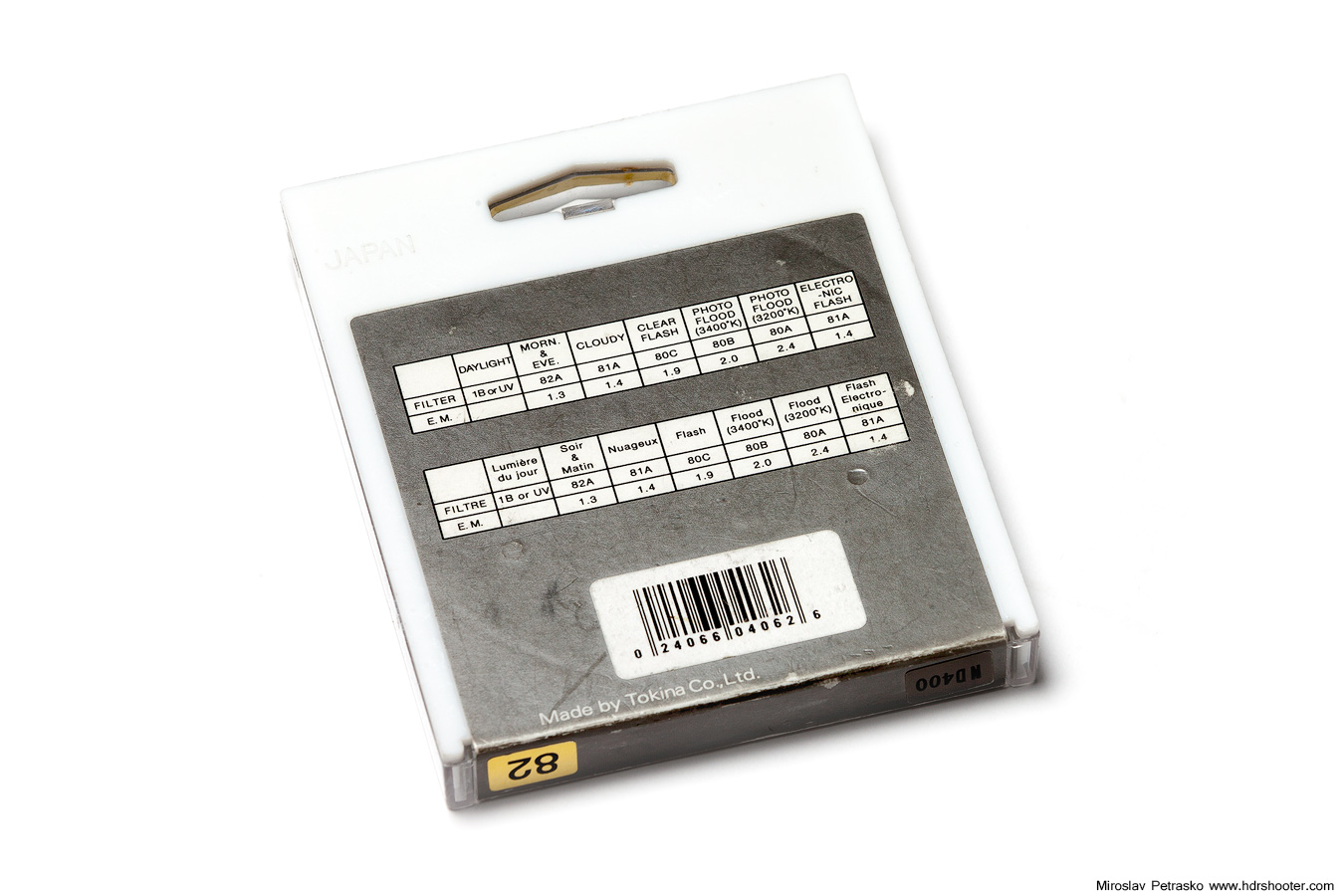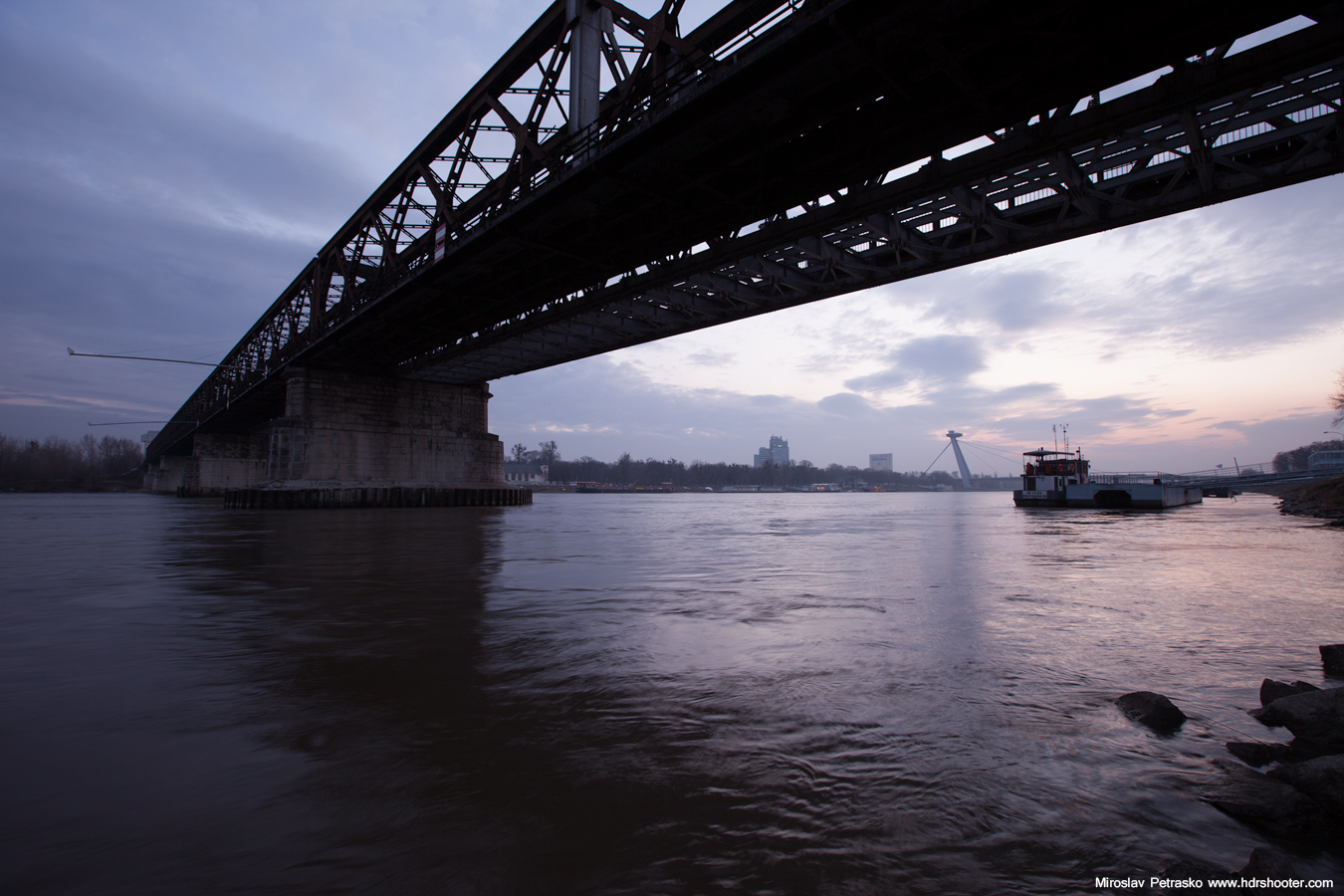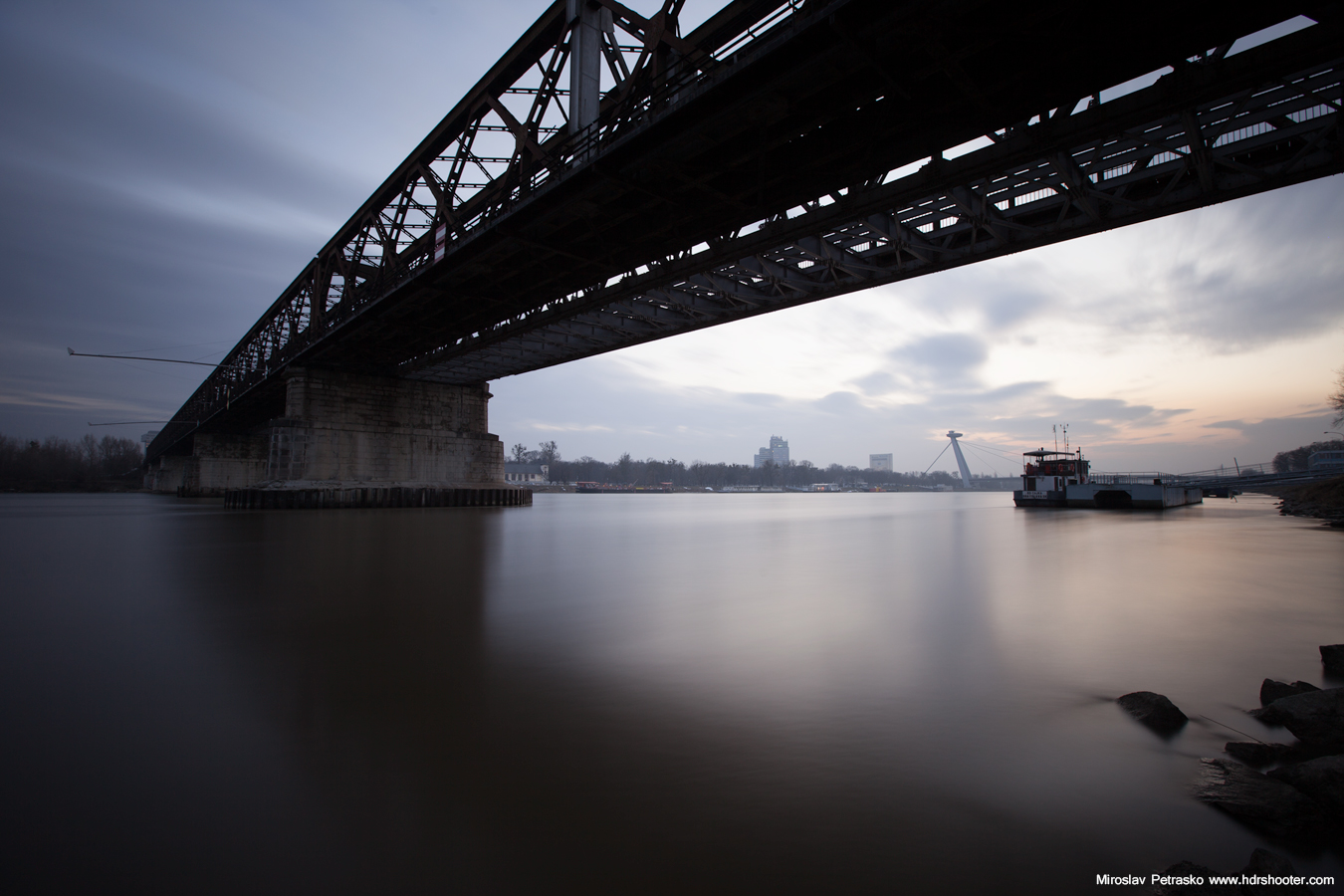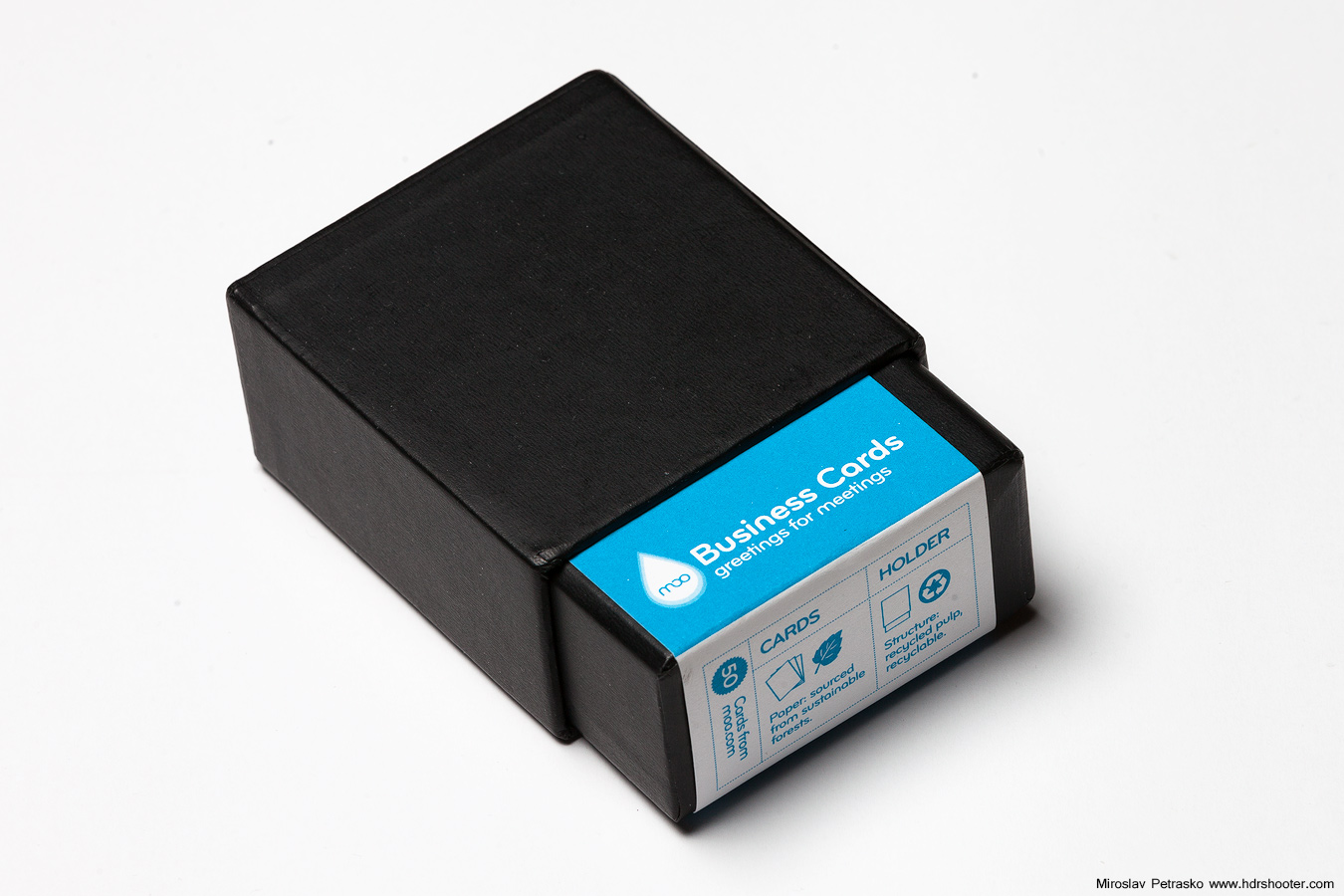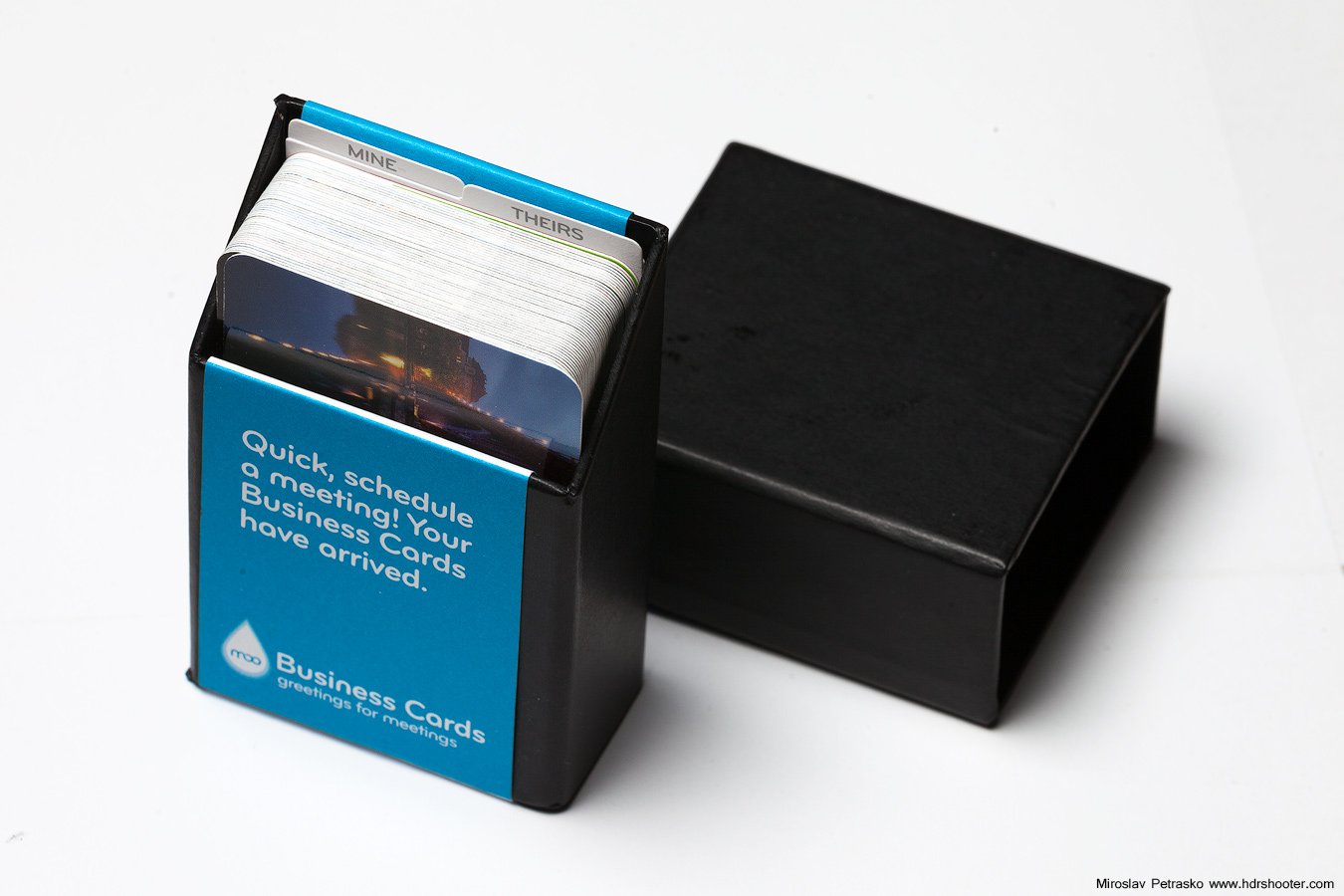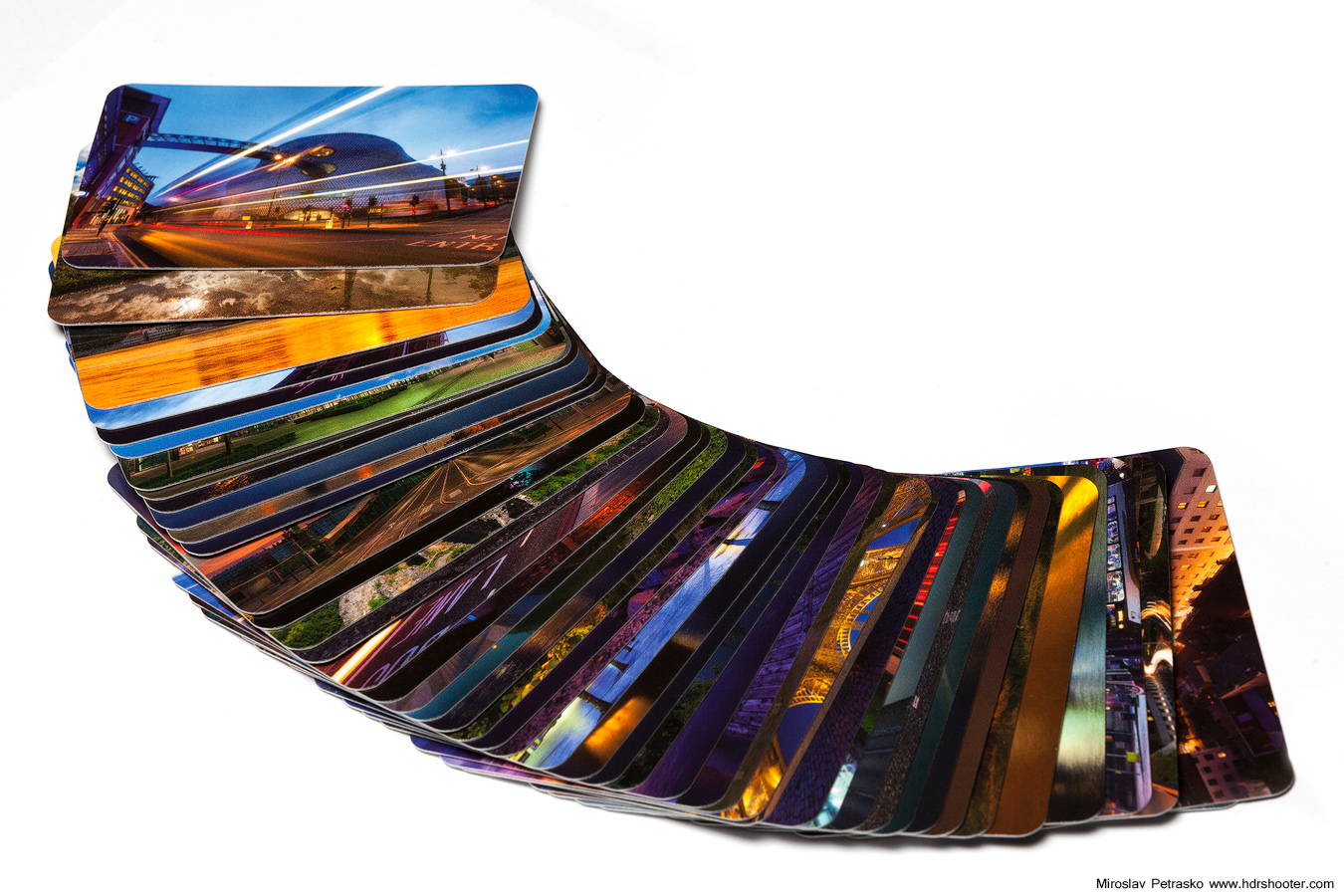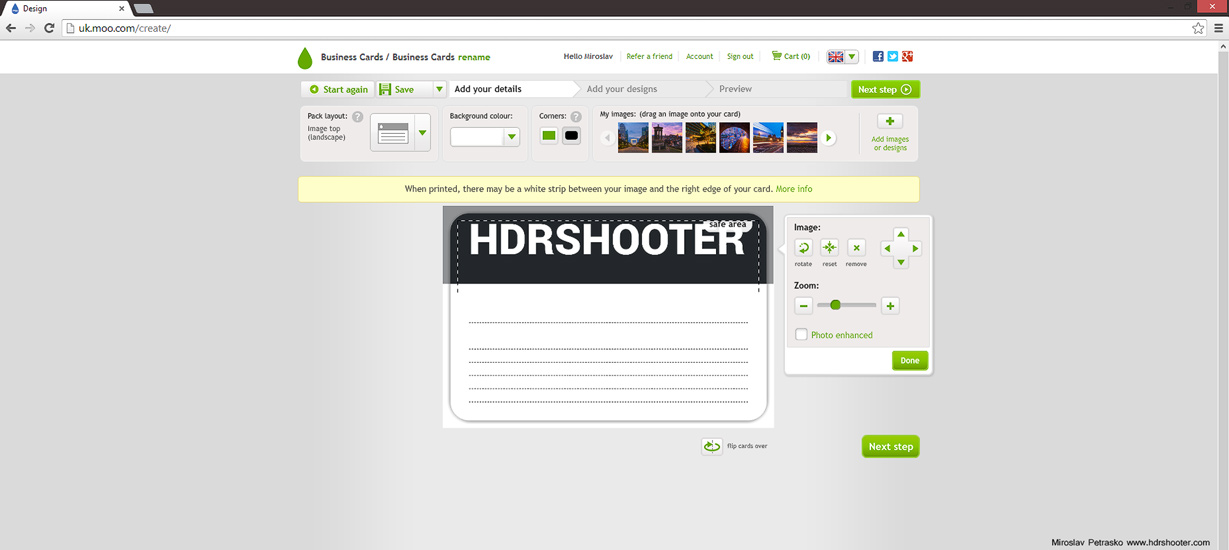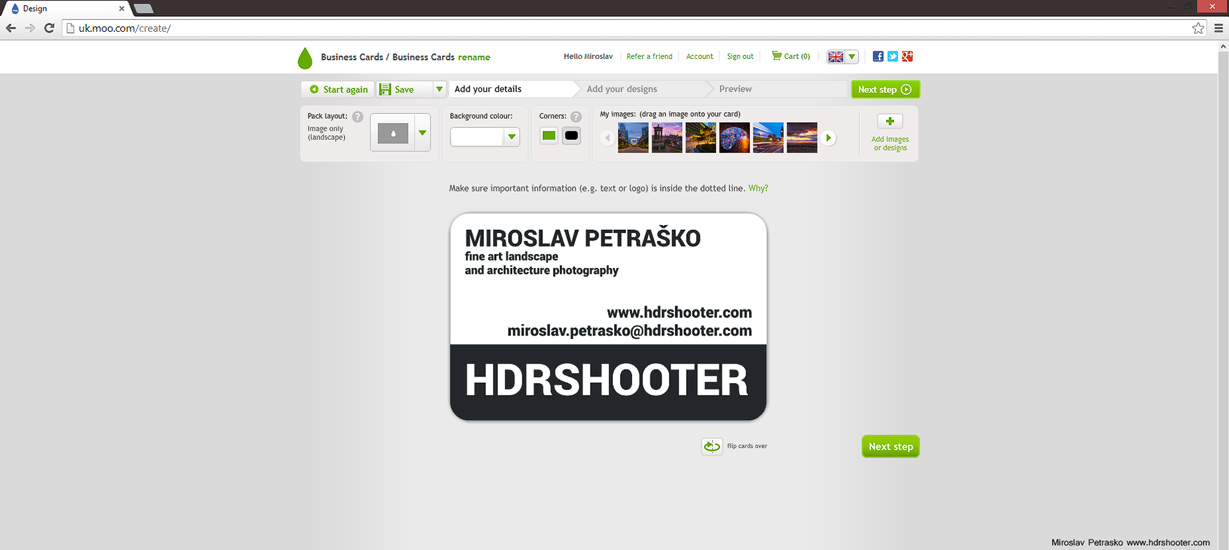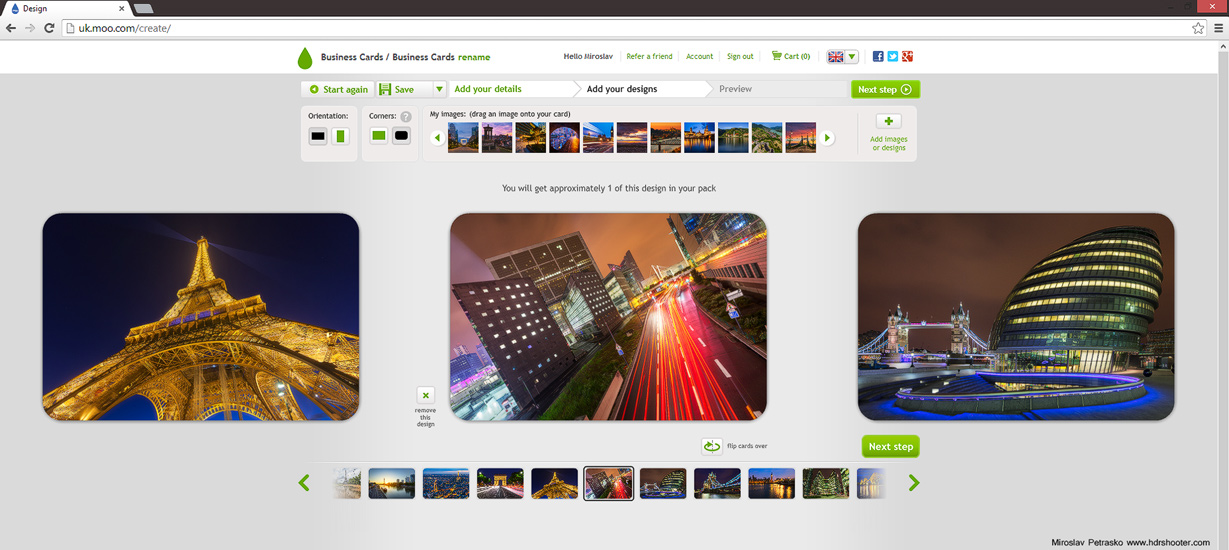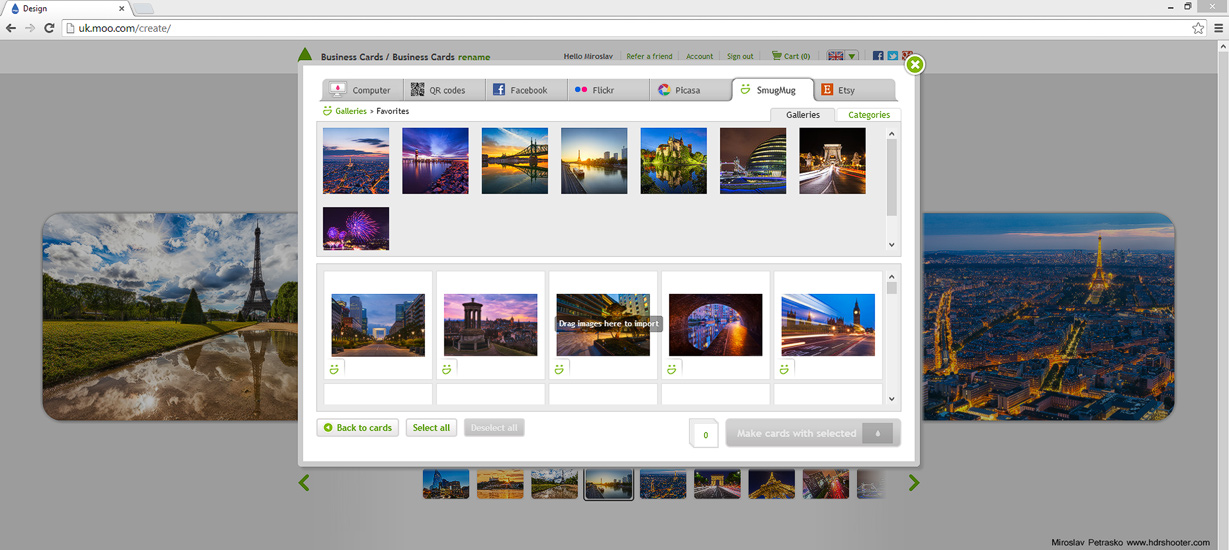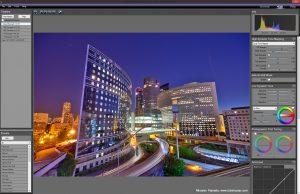You can check the price for the Hoya ND 400 filter on Amazon Store and B&H photo. Just don’t forget to take into account what size you need :)
There are many different filters one can use in photography, and most of them can be simulated, or replaced by using HDR or blending. But there is one that can’t. And that’s a Neutral Density (ND) filter. So what is it? A ND filter is actually just a very dark piece of glass. The only function is to block a certain ammount of light, so forcing the camera to take a longer exposure. And that actually all it does.

You use a ND filter in different situations, but it’s mostly used when you want to do long exposure photography (moving clouds, silky water, blurred moving people in day shots) or you want to use a big aperture during the day (like 1.8 or similar).
There are different strengths of ND filters, depending on how much light they let through. Some of them are even variable. The Hoya ND400 is one of the stornger filters, and lets in very little light. It actually lets in a 1/400th of the available light. That means that looking with your eyes, it looks completely black. It’s designates as a 9-stop filters, so it doubles you exposure time 9times (e.g. if your time was 1s without the filter, with the filter it will be 1*2*2*2*2*2*2*2*2*2=512 seconds. So as you can see, with this you can take really long exposures.
How good the filter is, is determined by multiple points. First is color cast. That is how different the color of the final photo through the filter is, comparing to the photo without the filter. Most ND filters create a green or purple color cast and the Hoya ND 400 is not different here. The color cast is not the strongest, but you still can see a green one on the photos.
Additionally the ND filter introduces more vignetting, chromatic aberrations and softness into your photos. With the Hoya ND400 I noticed all of those, but always the change was wery weak, mostly negligible. You can see the problems only when you really look for them.
I actually had an accident with my filter. While taking photos in Paris, the filter got loose from the lens and fallen onto a rocky road. There it split into all its parts, but luckily the glass was not damaged and In few minutes I could put it back together, and it’s still fully usable. I only had to clean it afterwards.
Overall I like this filter. There are better out there, but not at the price point of this one. If you trying to get into long exposure photography, this can be exactly what you need. If you use also different type of filters, like ND graduated, that you should probably get a filter that is the same as all your other filters (e.g. if you use any of the available systems like Cokin or Lee)

